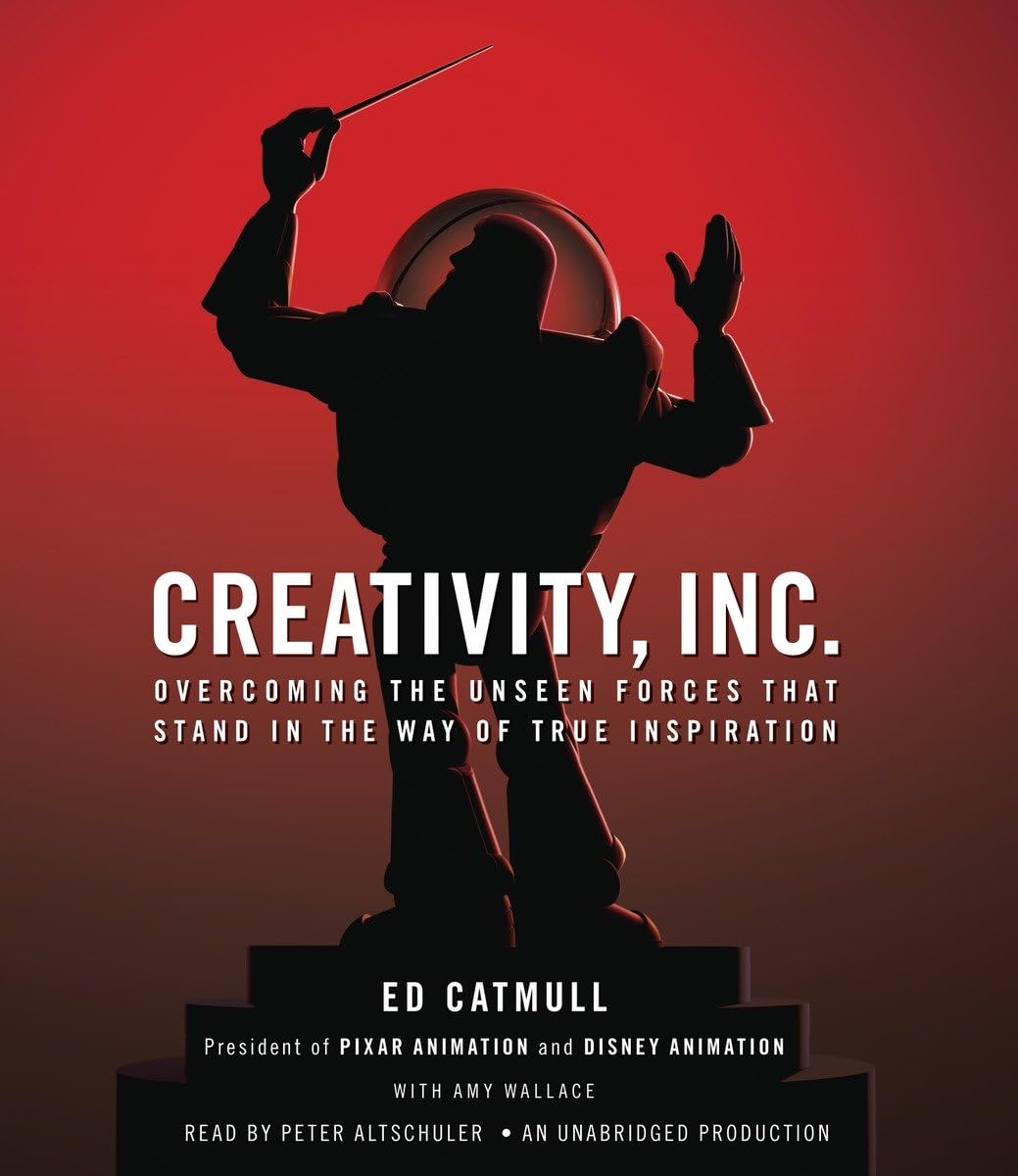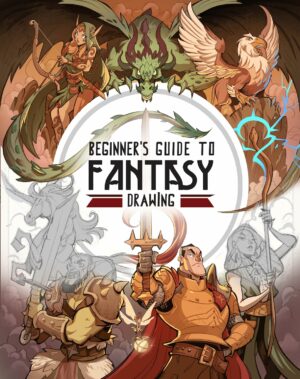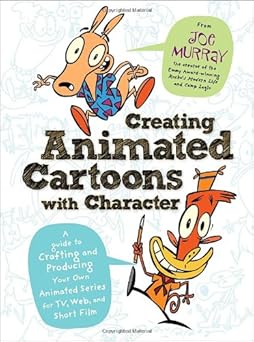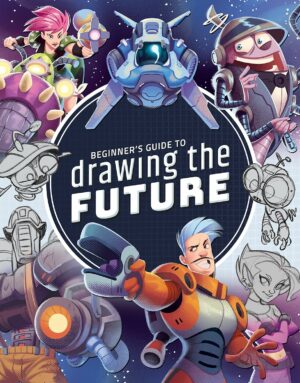NEW YORK TIMES BESTSELLER | NAMED ONE OF THE BEST BOOKS OF THE YEAR BY The Huffington Post • Financial Times • Success • Inc. • Library Journal
Creativity, Inc. is a manual for anyone who strives for originality and the first-ever, all-access trip into the nerve center of Pixar Animation—into the meetings, postmortems, and “Braintrust” sessions where some of the most successful films in history are made. It is, at heart, a book about creativity—but it is also, as Pixar co-founder and president Ed Catmull writes, “an expression of the ideas that I believe make the best in us possible.”
For nearly twenty years, Pixar has dominated the world of animation, producing such beloved films as the Toy Story trilogy, Monsters, Inc., Finding Nemo, The Incredibles, Up, WALL-E, and Inside Out, which have gone on to set box-office records and garner thirty Academy Awards. The joyousness of the storytelling, the inventive plots, the emotional authenticity: In some ways, Pixar movies are an object lesson in what creativity really is. Here, in this book, Catmull reveals the ideals and techniques that have made Pixar so widely admired—and so profitable.
As a young man, Ed Catmull had a dream: to make the first computer-animated movie. He nurtured that dream as a Ph.D. student at the University of Utah, where many computer science pioneers got their start, and then forged a partnership with George Lucas that led, indirectly, to his co-founding Pixar in 1986. Nine years later, Toy Story was released, changing animation forever. The essential ingredient in that movie’s success—and in the thirteen movies that followed—was the unique environment that Catmull and his colleagues built at Pixar, based on leadership and management philosophies that protect the creative process and defy convention, such as:
• Give a good idea to a mediocre team, and they will screw it up. But give a mediocre idea to a great team, and they will either fix it or come up with something better.
• If you don’t strive to uncover what is unseen and understand its nature, you will be ill prepared to lead.
• It’s not the manager’s job to prevent risks. It’s the manager’s job to make it safe for others to take them.
• The cost of preventing errors is often far greater than the cost of fixing them.
• A company’s communication structure should not mirror its organizational structure. Everybody should be able to talk to anybody.
Read more
10471 reviews for Creativity, Inc.: Overcoming the Unseen Forces That Stand in the Way of True Inspiration
Add a review

$35.00








Daniele B –
To me, this book is simply amazing.
It not only tells us something more about Pixar’s story (and to me, as a old time fan of the studio, this is cool) but the most important things is it tells us more about ideas behind the studio.
I work in the gaming industry and I often faces problems similar to the ones that Pixar had (of course in a smaller scale) and it’s amazing to discover how they solved it (or tried to).
This book contains a lot of good ideas a manager can try to adapt to his/her own company: sure, some are very difficult (or very expensive) but it could be worth a try.
After all, an inspiring book.
Ed Catmull has a great background and I really like how he is an artist (a wannabe animator) embodied in a scientist… who finally turned into a manager 🙂
It’s a book written with honesty… or better, with “candor” 🙂
Silentlight –
In Creativity Inc.—a leadership classic in the making—co-founder and president of Pixar and Disney Animation Studios, Ed Catmull, takes us through the struggles and the secrets of what made Pixar and more recently, Disney Animation Studios, organizations that inspire creativity, collaboration, and excellence.
Catmull is not your typical Silicon Valley executive. He has a PhD in Physics, is curious and open minded, and above all, comes across as a man more interested in creative challenges than the promises of safe harbor. He began his journey with one dream—to follow in the pioneering footsteps of Walt Disney and make the first computer animated feature film.
Catmull’s engaging storytelling style brings us into the actual questions and crises he personally experienced while growing into his leadership role. He does a masterful job of brining the reader into the mind of the matter and almost invites participation. Once he achieved the dream of creating the first computer animated feature film, Toy Story, he noticed a sense of inner emptiness. Having witnessed the fruition of a life-long dream, he determined to develop as a leader who would dedicate all his energy and time to create a culture that would sustain the “magic” behind Pixar’s initial success. After Toy Story, Pixar would go on to produce multiple Oscar winning box office hits. In fact, to this day, there is no film with the Pixar name on it considered a failure either financially or critically.
The company’s unique culture and their unrivaled success, can be attributed to the complimentary effects of Steve Jobs’ business acumen, storytelling genius of former Disney animator, John Lassater, and Ed Catmull’s executive leadership.
Throughout the book, Catmull emphasizes the one guiding principle that shaped every other decision he tried to implement at Pixar and Disney: “Good ideas come from anywhere.” Hence, to create a culture where candor was the norm, he tirelessly labored to remove barriers that instilled fear and short-circuited communication among employees.
Constantly asking questions and probing the way they did business, Catmull is perhaps, borrowing Good to Great language, what I would consider a Level 6 leader. He is humble, caring, trusting, and brutally honest. I classified him as a 6 due to the fact that he seemed to have been successful at reproducing the Pixar culture at a fledgling Disney Animation Studios, which he and John Lassater took over in 2004. They were largely responsible for the sea change at Disney, which had not produced a box office hit in more than fifteen years, until the release of Tangled and Frozen. He took a micromanaged Disney Animation Studio and liberated the talent they had, by changing both the physical and invisible architectures of the workplace. Catmull did for Disney what one of the Pixar directors said Steve Jobs did for them, he was the “creative firewall.” Catmull asserts, “while experimentation is scary to many, I would argue that we should be far more terrified of the opposite approach. Being too risk-averse causes many companies to stop innovating and to reject new ideas, which is the first step on the path to irrelevance.”
Many leaders would agree with this statement but very few would go out of their way to remove what are considered “privileges” that distance leadership from the common workers, such as corner offices, personal parking spots, and so on. When Catmull moved into his Disney office, the first thing he and Lassater did was tear down their very distinguished executive suites and converted them into community rooms in exchange for offices in the center of activity. Catmull’s story is distinct because of his dedication to what is a very common idea. Namely, that inspiration and creativity is cultivated in safe and nonhierarchical collaborative environments where people have a sense of worth and ownership. A principle basic to most, if not all leaders. But his book captures the discipline, resolve and integrity, necessary to apply the idea in a company through its birth pangs and great successes.
CurrentWave –
Ed Catmull is the president of Pixar and Disney Animation and one of the founding members of Pixar. In “Creativity, Inc.” Catmull recounts his personal story and the creation of Pixar Animation, the many challenges that he has faced throughout his career, how he dealt with those challenges and the many lessons learned, and how to face the challenges ahead. He offers his own unique insights on creating, building, and maintaining a sustainable corporate culture and a true corporate identity that believes in, fosters, and supports creativity. With a conversational tone and common-sense, straightforward presentation, the author presents a great framework for anyone interested understanding and improving corporate culture, from the business student to the CEO. The way that Catmull presents his claims is thoughtful and genuine. He provides real-world cases and experiences to back up his assertions, never coming off as a clueless executive who’s just regurgitating the same familiar (and tired) business book tropes.
In chapters 1 through 4 Catmull tells his own journey, from a young child through the often turbulent creation of Pixar. After the creation of Pixar and the the success of Toy Story, he learned two central principles – “the story is king” and “trust the process.” The former idea was that focusing on and creating a good story would be paramount to the success of the project. The latter principle was reassurance that even if things got tough they could lean on the process that had been put in place and trust that following the it could get them over almost any hurdles.
The production of Toy Story 2, which was much more challenging, taught him that putting the right team in place is absolutely critical. The author refutes the opt-repeated idea that when building a team you should look for good ideas, not good people. As he points out, ideas come from people, so finding good people is key. Additionally, he states that it’s “…the focus on people – their work habits, their talents, their values – that is absolutely central to any creative venture.” He has since made it a priority to make sure that hired the right people and put them on projects that complement their skills, which will in turn lead to good ideas.
Chapters 5 through 9 are devoted to topics that challenge an organization:
– Candor. There subtle difference between honesty and candor. Honesty, he says, carries a moral connotation while candor does not. He believes that candor and the ability to feel open to share one’s thoughts and ideas and criticisms is essential to maintaining a creative working environment. It allows for the evaluation and re-evaluation of the project and the opportunity to make iterative improvements throughout the project life.
– Failure. While Pixar has been very fortunate to have had great successes they have also experienced their share of failures. Failure can be opportunity for growth and essential to learning. Iterative processes using trial and error, which frequently lead to failure, can help guide us to the best solution. Certainly, we should not seek out or become accepting of failure but it also should not be vilified to the point of creating a culture that avoids risk due to fear, stifling creativity and innovation.
– “Feeding the beast” and “the ugly baby.” Feeding the beast is what happens when a company enjoys some success, realizes significant growth, and then has to churn out more and more product to justify its own existence; you have to constantly feed the monster you’ve created. This often results in increased pressure to shorten development times which, in the author’s opinion, almost always leads to a corresponding loss in product quality. “The ugly baby” refers to an idea at conception that is very rough around the edges. They are incomplete and not fully formed. Ideas in this stage are vulnerable to being destroyed and need to be protected and nurtured to survive.
– Change. People fear of it and are resistance to it, often perceiving change as an admission that what thye’ve been doing isn’t really working. They don’t like the confusion, stress, or extra work that often accompanies change. However, change can be vital to growth and the creative process because it’s often necessary to evolve due to the changing conditions, business or otherwise, that surround you.
– Randomness. In business, and in life in general, we should not be fooled to think that we can control every aspect of every situation. However much we think that we are in control of our own destinies we need to recognize that the reality is that a fair amount of our success or failure, more than we often care to admit, is well beyond our control. He also uses this to underscore the idea that all the people in the company has an interest in its success so they should not be prevented or discouraged from making independent decisions because, in his words,”…we must meet unexpected problems with unexpected responses.”
– The Hidden. The hidden are the all the many things that we cannot see that influence our decisions; the unknown problems we have yet to encounter. Catmull states that one of his core management beliefs is “if you don’t try to uncover what is unseen and understand its nature, you will be ill-prepared to lead.”
Later in book the author discusses methods that they have employed at Pixar to prevent these challenges within the organization from impeding collaboration and creativity.
1. Dailies or solving problems together. Collaborative daily meetings with project stakeholders to review and discuss the status of production in order to receive and provide feedback and constructive criticism.
2. Research Trips. Teams are encouraged to perform real-world research by immersing themselves into subjects and visiting locations in person to promote creativity and authenticity, preventing the finished product from feeling forced or derivative.
3. The Power of Limits. Priorities and limits need to be set within the context of the tasks at hand and the overall project in order to remain focused and make efficient use of time and resources. Limits can also be beneficial in that they often lead to creative solutions to overcome them.
4. Integrating Technology and Art. Using all the latest tools and technologies at your disposal to challenge, improve, and spur innovation in the creative process.
5. Short Experiments. Experimentation often leads to innovation, learning, and the development of skills that can be utilized on larger projects. It also affords a greater creative freedom and the ability to take bigger risks than many larger projects.
6. Learning to See. Setting aside preconceptions and biases so as not to jump to conclusions in order see something clearly for what it really is, or is not.
7. Postmortems. An exploratory meeting at the conclusion of a project to discuss what worked, what didn’t, how things could have been done different, and other lessons learned. These are essential components of continuous improvement.
8. Continuing to Learn. Learning promotes creativity and new ways of thinking. It opens us up to new ideas and possibilities which help reinvigorate the creative process.
Ultimately, our author makes the case that it is possible to create a sustainable creative culture. There will be challenges, setbacks, and failures but with the right people and processes in place they can almost always be overcome. There is a great assumption of risk that is married to any creative venture, and Pixar certainly is no exception. While the ideas he has presented create a framework of barriers to creativity and actions Pixar took prevent them, we must remain watchful and vigilant, and the solutions must evolve when needed. When it works it can be a source of great pride and accomplishment. The path isn’t always easy but, as the author states in closing, “…ease isn’t the goal; excellence is.”
青空マンモス –
Importance of vision and passion.
Always think that “I understand it, perfectly!”, but it reminds me one more.
It gives me hundreds of insight about organization management, simultaneously.
Thank you Ed.
This is “must-have” and “must-read” for all executive.
Sol –
The first couple of chapters were the tonic I needed to get inspired in my chosen idea I am attempting to accomplish. Then the author talks about how to be a manager of a company, moral and ethical standards regarding managerial issues at the workplace. I will continue reading the book at some point. But I was more interested in the author having close interaction with great entrepreneurs aka Steve Jobs and George Lucas
Amazon Customer –
This book is fantastic and full of well thought out concepts that would work for any industry but especially those in entertainment. I’ll be transferring my learnings to my game team for sure!
@Timothy_Hughes –
Creativity, INC. is the best management and leadership book I have read for a long time. Ed Catmull, probably because of his background in storytelling at Pixar, provides three books in one.
The first is a history of Pixar, which has become a cultural icon. He offers leadership advice based on case studies from Pixar and later in the Pixar and Disney Animation merger / take over. The third storyline is that of Steve Jobs. Steve purchased Pixar and worked with Ed for 25 years before his death. The three story lines are intertwined, which should keep the reader’s attention.
The book isn’t all “mother and apple pie”, Ed points out where corporations go wrong and even admits his and Pixar’s own failings. But for any business you need to be looking for the good and the bad, if you are to have continued success.